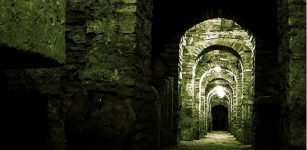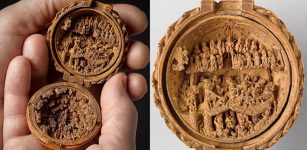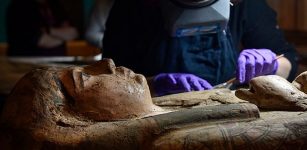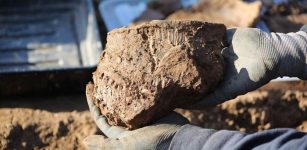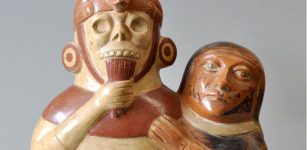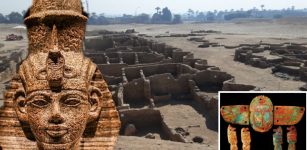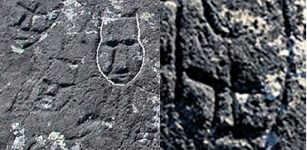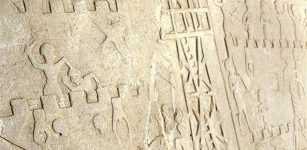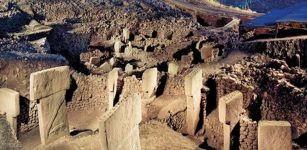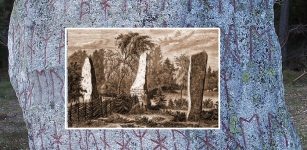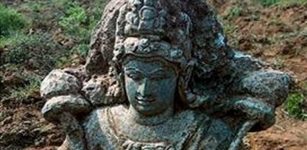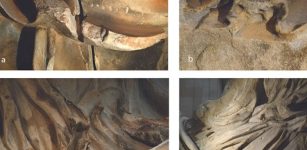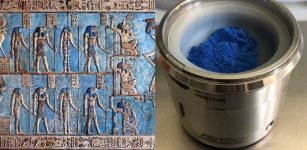London Was Always A Multicultural City, DNA Research Confirms
AncientPages.com - London has been a multicultural city since its earliest days as a Roman city, according to new cutting-edge DNA research just published by the Museum of London.
Scientists examined four skeletons, looking at sex chromosomes, evidence for disease, travel and diet, and bioarchaeological evidence for health as well as archaeological evidence about identity.
"We have always understood that Roman London was a culturally diverse place and now science is giving us certainty. People born in Londinium lived alongside people from across the Roman Empire, exchanging ideas and cultures, much like the London we know today," Caroline McDonald, Senior Curator of Roman London, said.

Remains the researchers studied included a man discovered at London Wall, with injuries to his skull that suggest he may have been killed nearby in Londinium’s amphitheatre before his head was dumped into an open pit. He was found to have had black hair and dark brown eyes, and was likely to have been born outside of Britain — with connections to eastern Europe and the Near East.
Remains the researchers studied included a man discovered at London Wall, with injuries to his skull that suggest he may have been killed nearby in Londinium’s amphitheatre before his head was dumped into an open pit. He was found to have had black hair and dark brown eyes, and was likely to have been born outside of Britain — with connections to eastern Europe and the Near East, writes Londonist.
A more complicated picture emerges from looking at a Roman woman found buried at Harper Road (near today's Elephant and Castle) with high status grave goods. She was found to have male chromosomes, although her skeleton shows clear female characteristics. This, says the report, supports modern scientific thought that biological sex is a ‘spectrum’. She is likely to have been born in Britain, and her maternal ancestry shows links to northern Europe. She had dark brown hair and brown eyes, and suffered from gum disease.
A teenage girl found at Lant Street had blue eyes, and was discovered to have maternal ancestry deriving from southern-eastern Europe and west Eurasia. However stable isotope evidence shows that she was born in north Africa.
A man, discovered at Mansell Street in the City, was born in London though his maternal ancestry shows links to Europe or north Africa. He suffered from two rare conditions, Paget’s disease and Diffuse Idiopathic Skeletal Hyperostosis.
The four Roman skeletons used for analysis will form a small, new display at the Museum of London, which opens on 27 November and is free to visit.
AncientPages.com
source:


